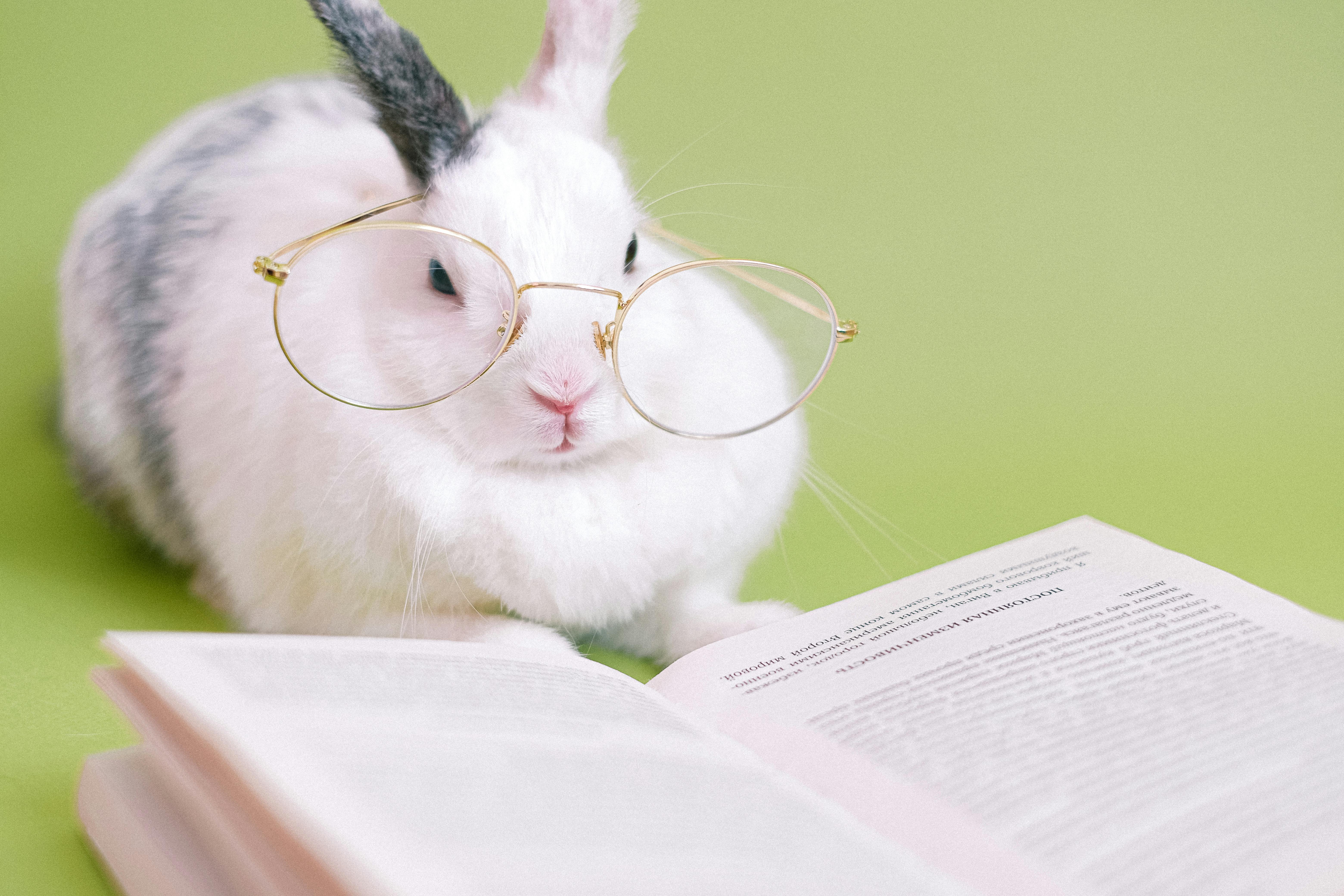Apply Now
Smart Ways to Understand the Difference Between Bunnies and Rabbits
Bunnies and rabbits are often used interchangeably, but they represent different aspects of the same animal family. Understanding the differences is essential not only for pet owners but also for those interested in wildlife conservation and domestic pet care. This article will delve into the characteristics of bunnies and rabbits, their behavior, habitats, diets, and more.
Recognizing these distinctions provides a better foundation for care, handling, and enriching the lives of these adorable creatures. As we explore the characteristics and needs of both bunnies and rabbits, you'll see why having this knowledge is crucial for any prospective pet owner or animal lover.
With this outline set, let's jump into the world of bunnies versus rabbits.
Distinctive Characteristics of Bunnies and Rabbits
Understanding the differences between bunnies and rabbits begins with their physical and behavioral characteristics.
Physical Traits: Size and Appearance
Bunnies typically refer to very young rabbits, often that are domesticated, and may display significant variability in their size and appearance. Domesticated bunnies can be fluffy, with distinct breeds like the Netherland Dwarf or the Holland Lop showing unique physical traits.
In contrast, rabbits generally refer to fully grown individuals, which can also vary in size depending on their breed. For example, the Flemish Giant can reach up to 14 pounds, while small breeds might weigh as little as 2 pounds. Their coat colors, patterns, and ear shapes can also differ widely.
Taking a closer look at differences in appearance can help potential pet owners make better choices when selecting a companion.
Behavioral Differences: Bunnies vs Rabbits
Bunny behavior often exhibits a playful and curious nature, well-suited for friendly interaction with their human caretakers. On the other hand, rabbits may display more independent behavior patterns and require a more attentive approach.
Bunnies are generally more adaptable to training and socialization, leading them to develop strong emotional bonds with their families. Rabbits, particularly wild ones, might display more skittish behavior in the presence of humans, focusing instinctively on predator avoidance.
Understanding these behavioral nuances can help in the successful care and training of both bunnies and rabbits.
Social Dynamics: Interaction in Groups
Both bunnies and rabbits exhibit social behavior, although the intensity and form of interaction can differ. Bunnies are known for their playfulness and ability to form close bonds, making them ideal pets for families. They thrive on interaction and socialization.
Rabbits, however, may show more territorial behavior, especially when not spayed or neutered. Understanding these dynamics can help pet owners manage multiple rabbits effectively, ensuring peaceful coexistence.
This leads us naturally to their habitats, which play a significant role in their overall well-being.
Understanding the Ideal Habitats for Bunnies and Rabbits
Creating the right habitat is crucial for the health and happiness of both bunnies and rabbits.
Bunny Housing Essentials
When caring for bunnies, housing should be spacious enough to allow for exercise and play. A secure indoor area with various toys, tunnels, and places to hide will encourage physical activity and mental stimulation.
Outdoor setups require careful consideration to ensure safety from predators. Ensure the area is bunny-proofed, with ample shade, and is free from toxic plants.
Rabbit Habitat Needs
Rabbits, particularly those who live in the wild, tend to thrive in environments that mimic their natural habitats, such as grassy fields, meadows, and dense woods. They enjoy burrowing, so providing spaces where they can dig and nest is essential.
Domesticated rabbits, on the other hand, need secure enclosures that replicate this environment while offering cozy bedding and plenty of room to stretch out and explore.
Providing an appropriate habitat is a critical first step in responsible ownership, whether it's a bunny or a rabbit.
Which Habitat Is Right? Factors to Consider
When determining the right habitat, owners must consider various factors such as space availability, the animal's temperament, and quality of life. For instance, small apartments can accommodate bunnies with proper cage size and access to play areas. Rural settings may be more suitable for rabbits with ample outdoor space to roam safely.
Enriching their habitat with appropriate toys and plants will ensure both bunnies and rabbits remain healthy, minimizing behavioral issues.
As we contemplate their living conditions, it’s also important to address their dietary needs.
Essential Diet Comparisons: Bunnies vs. Rabbits
The diets of bunnies and rabbits also showcase some important differences in care and nutritional needs.
Bunny Diet Basics
Bunnies require a diet rich in hay, fresh vegetables, and a limited amount of pellets specifically formulated for their needs. This provides crucial fibers necessary for proper digestion.
Occasional treats such as carrots and fruits can be introduced to create variety, but these should be given in moderation to avoid obesity. Proper feeding habits ensure that domesticated bunnies thrive, prolonging their lifespan and enhancing their overall health.
Rabbit Diet Requirements
Wild rabbits mainly consume grass and various forages, which does not involve commercial pellets. Their diet is rich in fibers, allowing them to maintain good digestive health.
For domesticated rabbits, the dietary goal remains similar, focusing on providing unlimited access to hay, and a constant supply of fresh greens. Owners need to be cautious about introducing new foods, as wild rabbits may have different gastrointestinal capabilities compared to their domesticated relatives.
H2>Conclusion: Caring for Bunnies and Rabbits
Understanding the differences between bunnies and rabbits is vital for effective care and successful pet ownership. From distinct physical characteristics to varied behavioral traits and habitat requirements, recognizing these differences will enhance interactions and care for these beloved animals.
By applying the insights shared in this article regarding bunny and rabbit care, prospective owners can create satisfying environments, tailored feeding practices, and positive experiences that enrich the lives of these delightful companions.

